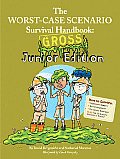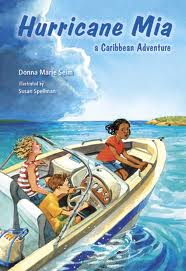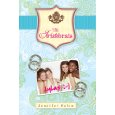 Since her father drowned while sailing a year ago, Cyan and her mother hardly speak to each other. There are too many things Cyan can’t ask her—why didn’t her mother go out with her father that day, how did she meet someone else and fall in love again so quickly—for them to bridge the gap. Now they’re back on the Curacao, where they’ve come every summer for years. Cyan’s soon-to-be stepsister, Kammi, is also with them, and Cyan wonders if Kammi’s presence will drive her further apart from her mother or help her find a way back.
Since her father drowned while sailing a year ago, Cyan and her mother hardly speak to each other. There are too many things Cyan can’t ask her—why didn’t her mother go out with her father that day, how did she meet someone else and fall in love again so quickly—for them to bridge the gap. Now they’re back on the Curacao, where they’ve come every summer for years. Cyan’s soon-to-be stepsister, Kammi, is also with them, and Cyan wonders if Kammi’s presence will drive her further apart from her mother or help her find a way back.
The Other Side of Blue by Valerie O. Patterson explores how things left unsaid in families can hurt just as much as things said. It looks at how teens can work to find what’s truly important to them and gain confidence in their own abilities instead of comparing themselves to the success of their parents. Set in a Caribbean paradise, The Other Side of Blue will have mother-daughter book clubs with girls aged 14 and up talking about the nature of friendship, parental love and responsibility, communicating hurt, and moving beyond tragedy. I highly recommend it.








